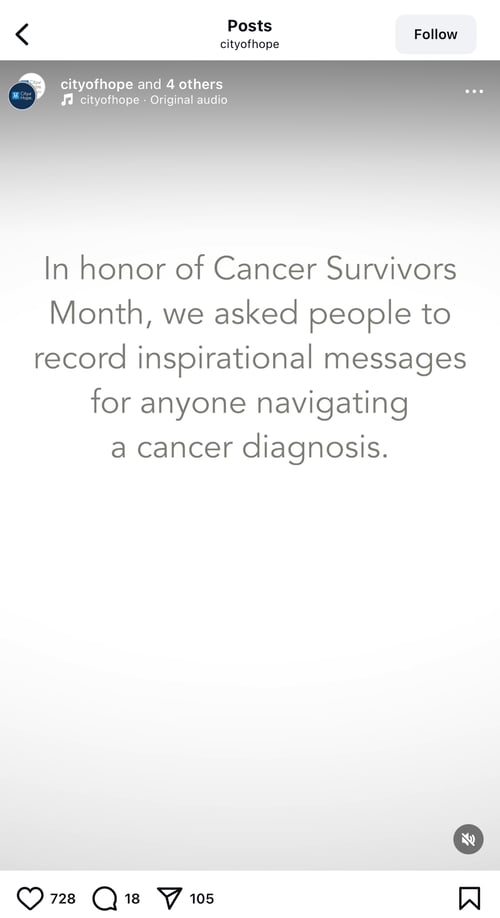2025 has brought its share of challenges, and with inboxes overflowing, cutting through the noise takes more than just good intentions. It requires audience-first communication.
That starts with segmentation. According to our research, nearly half of nonprofits report Baby Boomers as their largest supporter base, followed by Gen X, Millennials, and Gen Z — each with different motivations, behaviors, and communication preferences.
This week’s resources will help you tailor your outreach, strengthen donor relationships, and build campaigns that speak directly to the people who power your mission.

The take-home template
If you’re looking to level up your email segmentation, this guide is packed with ideas to help you do just that. Learn how to segment your donor list in meaningful ways and get ready-to-use copy that makes writing your next fundraising email a whole lot easier.

Snackable snippets
Strategic donor segmentation: Your path to growth 📖
Struggling to get more from your donor outreach? One-size-fits-all appeals could be holding you back. This resource explains donor segmentation in clear, actionable steps and includes real examples to help you tailor your emails, campaigns, and donor journeys with ease.
Building donor trust in uncertain times 🎧
In this episode of We Are For Good Podcast, Mike Duerksen from BuildGood shares his approach to fundraising that’s centered on deepening relationships with the donors you already have. From a powerful nine-word email to uncovering major gift potential, you’ll walk away feeling inspired to crush your campaign goals.
Market segmentation strategies for 2025 📖
What can nonprofits learn from brands like Netflix, Nike, and McDonald’s? This article shows how leading brands are using data to connect with their audiences in more personal, values-driven ways. From tailoring messages by location to tapping into lifestyle trends, there’s inspiration here for nonprofits looking to create more memorable campaigns in 2025.

For your inspiration folder
City of Hope turned a powerful idea into a segmented campaign rooted in their mission. By inviting survivors to share their stories, they’re using emotional connection to inspire compassion and remind us how storytelling can spark generosity when it’s personal and deeply human.
